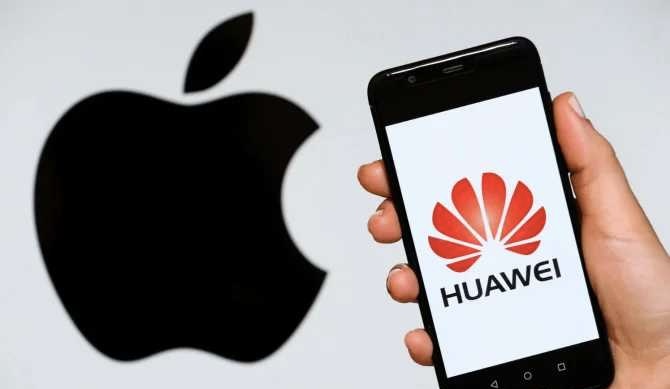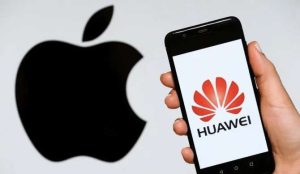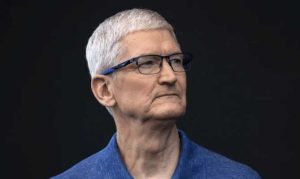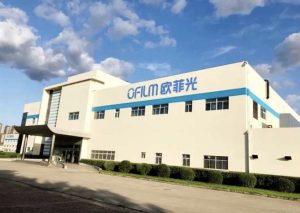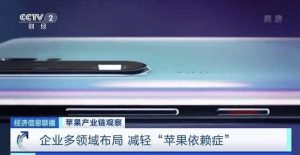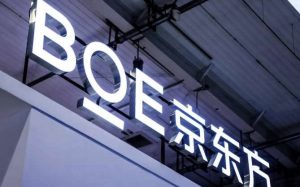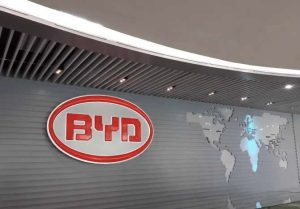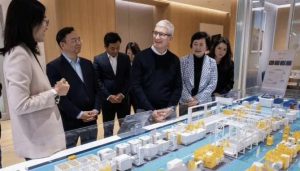It’s widely known that Huawei, at its peak, held nearly 56% of the domestic market. With the support of its Kirin chips, Huawei experienced a meteoric rise in the smartphone industry. Especially after the release of the Kirin 980 chip, Huawei repeatedly outperformed Apple in the high-end smartphone market, becoming the domestic leader—a development that many celebrated. Under Huawei’s immense pressure, Apple’s market share in China plummeted to just 8%, forcing the company to reduce production at Foxconn to maintain its smartphone operations.
“Huawei Falls, Apple Prospers”
However, everything changed when U.S. regulations were suddenly tightened against Huawei, leaving the company unable to produce its own chips for three years. Without Kirin chips, even with Qualcomm’s “special 4G versions,” Huawei’s smartphone sales nosedived, effectively knocking the brand out of the top tier. With Huawei sidelined, Apple quickly reclaimed lost ground, increasing its domestic market share from 8% to 20%, reclaiming the top spot. While Huawei, once the pioneer of 5G chips, was stuck selling 4G smartphones, Apple thrived—a stark and unfortunate reality for Huawei.
Though domestic competitors like Xiaomi, OPPO, and Vivo have made strides in recent years, even breaking into the global top five in terms of shipments, they still struggle to compete with Apple’s iPhones in the high-end market.
Apple Relocates Production, Removing Dozens of Chinese Suppliers
Surprisingly, despite regaining dominance in China, Apple did not invest more into the Chinese market. Instead, it initiated a dramatic plan to shift production to India and Southeast Asia. While this was a strategic move to reduce dependency on Chinese markets and supply chains, Apple also systematically removed dozens of Chinese suppliers from its “Apple Supply Chain.” Major firms such as OFILM, Derun Electronics, and Jingyan Technology were among those excluded.
Take OFILM as an example. At its peak, the company earned annual revenues of over $6 billion. However, after being removed from Apple’s supply chain, OFILM faced a devastating downturn, teetering on the brink of bankruptcy at one point. Thankfully, by pivoting to a diversified strategy and investing heavily in R&D, OFILM managed to survive. It even achieved breakthroughs in optical components and, in August 2023, secured orders from Huawei following the return of Huawei’s smartphones and Kirin chips, marking a remarkable turnaround.
However, companies like OFILM are the exception. Many downstream suppliers reliant on Apple’s orders went bankrupt. In response, CCTV frequently urged Chinese suppliers to diversify their businesses and break free from “Apple dependency.”
Huawei’s Return Sparks Industry Adjustments
Following CCTV’s repeated warnings, many domestic suppliers began making adjustments, increasingly collaborating with Chinese companies. This trend became even more pronounced after Huawei’s return, as many firms sought to reduce reliance on Apple. However, some companies still chose to join Apple’s supply chain, such as BOE Technology Group, which supplies screens for Apple, and Crystal Optoelectronics, among others.
BYD Joins Apple’s Supply Chain After BOE
In a surprising turn, BYD, a giant in both the electric vehicle and electronics manufacturing industries, has reportedly joined Apple’s supply chain. Over the years, BYD has established itself as a major player in the manufacturing sector, securing orders from numerous Chinese smartphone brands and showing signs of becoming the “next Foxconn.”
Earlier this year, after facing setbacks in manufacturing the iPhone 15 in India, Apple CEO Tim Cook personally flew to Shanghai to meet with leaders from BYD, Lens Technology, and Lingyi iTech, seeking to redirect some orders back to China.
According to a December 2 report by The Wall Street Journal, Apple’s new iPad packaging now bears the label “Assembled in China,” suggesting BYD may be responsible for production. BYD reportedly has over 10,000 engineers and nearly 100,000 employees dedicated to its work in the Apple supply chain. This development led foreign media to comment that BYD has ignored previous warnings from CCTV and chosen to “jump in.”
Why BYD Won’t Suffer the Same Fate as OFILM
Some fear BYD may face challenges similar to those experienced by OFILM. However, this seems unlikely. Unlike companies heavily reliant on Apple orders, BYD generates most of its revenue from its automotive business. Apple-related income accounts for less than 20% of BYD’s total revenue. Thus, even without Apple’s orders, BYD’s core operations would remain largely unaffected.
Moreover, partnering with Apple can enhance BYD’s influence in the electronics manufacturing industry. It could even challenge Foxconn’s dominance in China’s manufacturing sector, creating more jobs and economic value.
Do you agree? Leave a like if you do!
For more updates, visit: dailynewspapers.in





